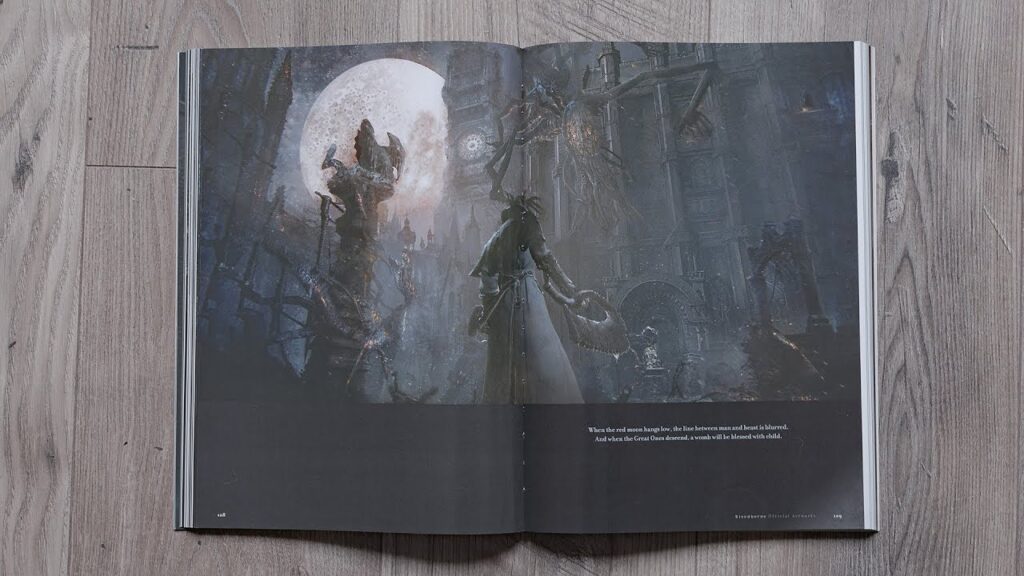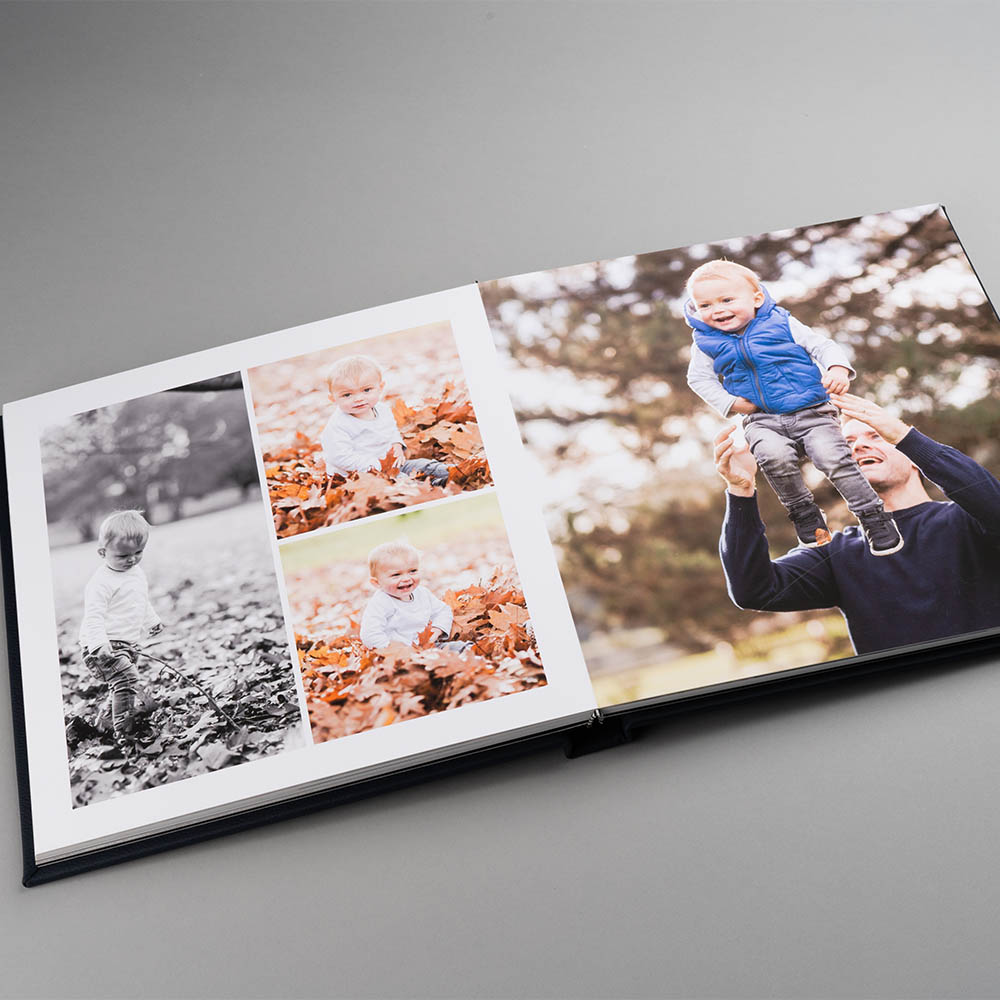Seven Printing Techniques That Bring Your art book to Life
Seven Printing Techniques That Bring Your art book to Life
Blog Article
Discover the Vital Overview to Art Book Printing for Aspiring Artists and Publishers
As an ambitious musician or publisher, recognizing the nuances of art book printing is vital to bringing your vision to life. You'll require to think about different factors, from picking the ideal type of book to guaranteeing color accuracy and choosing appropriate materials. Each choice impacts the final item considerably. So, what are the crucial elements you should concentrate on to produce a sensational art book that really represents your job?
Understanding Various Kinds Of Art Books
When you dive right into the globe of art books, you'll rapidly discover that they come in numerous types, each customized to various artistic expressions and audiences. Coffee table publications commonly display spectacular visuals, perfect for laid-back surfing, while essays dive deep into an individual artist's job, offering context and insights. If you have an interest in certain art movements, event brochures supply detailed paperwork of programs, including essays and reviews.
For training functions, art guidebooks and technique books guide you with different tools and styles, making them important for aspiring musicians. Ultimately, minimal edition or musician books blur the lines between art and literary works, frequently including one-of-a-kind design elements or handcrafted attributes. Recognizing these kinds helps you identify what reverberates with you and what could ideal suit your audience. Each format serves its purpose, and recognizing their distinctions can enhance your art book journey.
Choosing the Right Paper and Materials
Selecting the right paper and products can substantially influence the overall top quality and feeling of your art book. For vivid shades and complex information, decide for a shiny surface or a heavyweight matte paper that boosts visual depth.
Think of the weight of the paper, as well. Thicker alternatives commonly lend a more expert look, while lighter documents can decrease printing expenses. Don't ignore the binding products; a durable cover can secure your web pages and include to the book's visual.
Lastly, think about sustainability. Environmentally friendly options are acquiring popularity and can mirror your worths as an artist. By thoroughly selecting your paper and products, you'll assure that your art book not only looks fantastic but likewise feels unique in the hands of your viewers.

Selecting the most effective Printing Strategies
When it comes to printing your art book, choosing between countered and electronic printing can significantly affect your final item. You'll additionally intend to think about exactly how paper high quality influences the general feel and look of your artwork. Let's check out these essential printing strategies to locate the very best fit for your task.
Offset vs. Digital Printing
While both countered and digital printing have their advantages, selecting the best strategy for your art book can substantially impact the last product. Countered printing supplies high-grade images and vivid colors, making it optimal for larger print runs. Eventually, your choice needs to straighten with your imaginative vision and distribution technique, guaranteeing that your art book reflects the high quality you prefer.
Paper Top Quality Factors To Consider
Choosing the appropriate paper top quality can significantly boost the visual allure and tactile experience of your art book. For prints, a glossy coating can make pictures pop, while a matte coating offers a softer, much more subtle appearance.
Next, think of the sustainability of your selection. Environmentally friendly alternatives are ending up being progressively popular and can interest environmentally-conscious viewers. Demand examples to see exactly how various documents work with your art work, making certain the last item shows your vision completely.
Making Certain Color Precision in Your Prints
To achieve stunning prints, you require to concentrate on color accuracy from the beginning. You'll intend to make use of shade calibration strategies to confirm your monitor and printer are in sync. Additionally, proofing your job prior to the last print run can aid capture any type of inconsistencies, guaranteeing your art looks equally as you pictured.
Color Calibration Strategies
Ensuring shade precision in your prints starts with efficient color calibration techniques that assist preserve consistency between your electronic images and last published items. Initially, calibrate your monitor utilizing hardware calibration devices to attain the finest color representation. This confirms that what you see on-screen suits what obtains printed. Next off, pick a color profile suited for your printing procedure, like CMYK for print materials. Frequently check your printer's settings and maintain it to prevent shade shifts. It's also crucial to utilize high-grade paper that matches your inks, as different surfaces can greatly affect color outcome. By continually applying these techniques, you'll boost the general high quality of your art prints and much better communicate your creative vision.
Proofing for Precision
While you could think your digital photos are all set for print, proofing is necessary for achieving color precision. Prior to dedicating to a full print run, always request an evidence from your printer.
If changes are needed, interact clearly with your printer regarding your preferred outcomes. Do not be reluctant to request numerous evidence if required; it deserves the financial investment to obtain it right. Eventually, comprehensive proofing warranties that your art work is stood for as you pictured it, maintaining your imaginative stability throughout the printing procedure.

Designing Layouts That Enhance Your Art Work
When you develop formats for your art book, it's vital to ponder how each element communicates with your art work. Go for an equilibrium between visuals and message, making sure neither overshadows the various other. Use this white space purposefully; it offers your artwork space to breathe and accentuates its details.
Think about the circulation of your book. Organize pictures in a manner that guides the reader's eye, producing a narrative or thematic progression. art book. Differ the sizes and alignments of your artwork to maintain the format dynamic and intriguing
Select typefaces that complement your art work without sidetracking from it. Keep message succinct and pertinent, supplying context or insight that boosts the customer's experience.
Ultimately, test various formats. Publish examples to see how the layouts translate on paper, and change as needed. By attentively developing your designs, you'll create an aesthetically interesting art book that reverberates with your audience.
Binding Alternatives for an Expert End Up
Picking the right binding alternative can considerably impact the general presentation of your art book. You'll wish check this to take into consideration both visual appeals and resilience when making your option. Popular alternatives consist of ideal binding, which supplies a sleek appearance and is excellent for thicker publications; saddle sewing, suitable for smaller booklets; and spiral binding, which allows pages to lay level for easy watching.
If you're going for a premium feeling, instance binding is an exceptional choice, giving a sturdy cover and a professional look (art book). Don't ignore the cover product; alternatives like cloth, natural leather, or a shiny coating can boost your book's allure
Whatever option you choose, see to it it matches your art work and improves the reader's experience. Take your time to consider the advantages and disadvantages of each approach, so your end product shows the quality of your imaginative vision.
Preparing Your Declare Publish Readiness
To guarantee your art book is print-ready, you'll need to pay blog close interest to submit prep work. Beginning by setting your document dimension to match your preferred print dimensions. Usage high-resolution pictures-- 300 DPI is the standard-- to determine sharp, vibrant visuals. Convert your files to CMYK mode, as this shade space is best for printing. Don't fail to remember to include hemorrhage locations, usually an additional 0.125 inches around your web pages, to avoid any white edges after cutting.
Additionally, install your font styles or transform message to describes to stay clear of any typeface problems. Conserve your operate in a PDF format, as this is one of the most accepted data type for printers. Verify your apply for any type of typos or format errors, as adjustments can be pricey after the fact. Ultimately, take into consideration developing a proof to evaluate prior to the final print run. Adhering to these steps will certainly aid you accomplish a sleek, professional art book.
Regularly Asked Inquiries
What Is the Ordinary Cost of Printing an Art Book?
The standard expense of publishing an art book differs, yet you can expect to pay anywhere from $5 to $20 per duplicate, relying on variables like size, paper top quality, and printing quantity.
How Can I Discover a Reliable Printing Business?
To find a dependable printing company, begin by researching on the internet testimonials and asking fellow artists for recommendations. Compare quotes, examine portfolios, and communicate your requirements clearly to guarantee they understand your vision and quality assumptions.
What Is the Regular Turn-around Time for Printing?
The regular turn-around time for printing varies yet normally varies from one to four weeks. Variables like job intricacy and quantity can impact this. Constantly confirm with your chosen printer for specific timelines and assumptions.
Can I Print My Art Book in Limited Quantities?
Yes, you can absolutely print your art book in restricted amounts. Lots of printing firms provide short-run alternatives, permitting you to create just the number you require, making it easier to take care of expenses and stock.
What Lawful Considerations Should I Know for My Art Book?
You need to take into consideration copyright, licensing contracts, and model launches when creating your art book. Make specific you deserve to use all pictures and message, protecting on your own from possible legal problems in the future.
Report this page